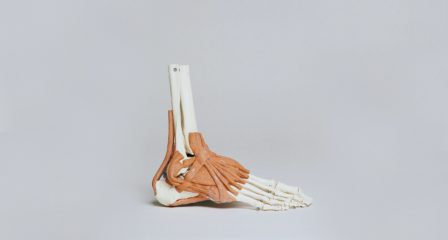Fact: Pain isn’t always an indicator of damage
Despite being unpleasant, pain is a helpful and natural response to a harmful stimulus. This type of pain is known as “nociception” and it’s our body’s way of teaching us that if we keep doing something there may be potential for damage. i.e when your hand touches a hot pan. However often after the stimulus has been removed, pain without the input can remain – there is no nociception, or stimulus, but our body perceives pain. This means our hand isn’t on the hot pan, but for multiple complex reasons our alarm system is going off. This could be due to stress, fear or other complex issues. This does not mean the pain is just in your head, but knowing the pain is present, without damage is a helpful first step in managing recovery.
Fact: Pain can be useful
Often our experience of pain can be increased when other non-activity factors are introduced such as poor sleep, poor diet, increased stress or psychological issues arise. This is where pain is heightened in the absence of injury and can help us identify lifestyle changes that need to be addressed. This is a difficult balance as regular exercise is important for many people to manage stress and similar issues, however overtraining and reducing a “balance” can counteract these benefits. Pain may be a warning sign that this balance is out, and we need to change activity, increase or decrease or focus on recovery in between training.
Myth: I have to be pain free to train or run
Resting when experiencing pain isn’t always the best choice. Pain behaviour can be diagnostically helpful; and limiting de-conditioning always needs to be considered. Training modifications tend to be the best place to start. We find that more often than not we can keep a degree of training in that helps with injury management.
Myth: I don’t want to take anti-inflams, I don’t want to mask the pain
We see a lot of injuries that are inflammatory in nature. Many people are reluctant to look to pharmaceutical interventions such as anti-inflammatories as they don’t want to “mask” their symptoms. Anti-inflammatories can be helpful to address the inflammatory mediators present at the site of injury, this can assist in injury management. It’s not so much about pain, but more about the presence of natural chemicals that occur in response to inflammation. Our bodies can make adaptive changes in response to inflammation, including increase in local muscle tone, gait modifications etc. Whilst helpful in the short term, these things can end up being difficult to get on top or, or “mask” the injury presentation itself.



